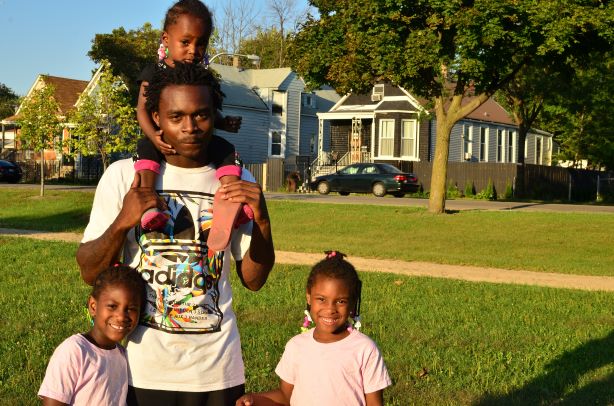
A core belief of many Americans is that society should provide equal opportunity to its members. Embedded in this belief is the idea that hard work is rewarded and that everyone has a chance of success regardless of the circumstances of their birth; many people refer to this as the American Dream. Unfortunately,
In the U.S., 42 percent of adult men whose parents were in the bottom income quintile when they were born remain in the bottom quintile as adults. 62 percent of U.S. men and women born into the top quintile remain in the top two-fifths as adults. Economist Richard Burkhauser and his colleagues describe this phenomenon as “stickiness at the ends.” Our study provides insight into processes that help maintain stickiness and foster social mobility at the bottom.
Low- and moderate-income families face constraints that limit their choices. For example, exploitative subprime mortgages and the Great Recession resulted in Black and Latino families losing more than 50 percent of their wealth between 2005 and 2009, compared to 16 percent for White families. Based on current trends, scholars calculate that it will take 228 years to close the wealth gap between Black and White families and 84 years to close the gap between White and Latino families.
These issues frame our research and allow us to focus on how low- and middle-income families take advantage of social mobility pathways generally reserved for the middle class. Sociologist Glen Elder describes agency as the “choices and actions [individuals] take within the opportunities and constraints of history and social circumstances.” This study examines how some low- and moderate-income families are able to build assets and move to reasonably-priced rental housing in safe neighborhoods with good schools and other amenities, while others are stuck in place.
